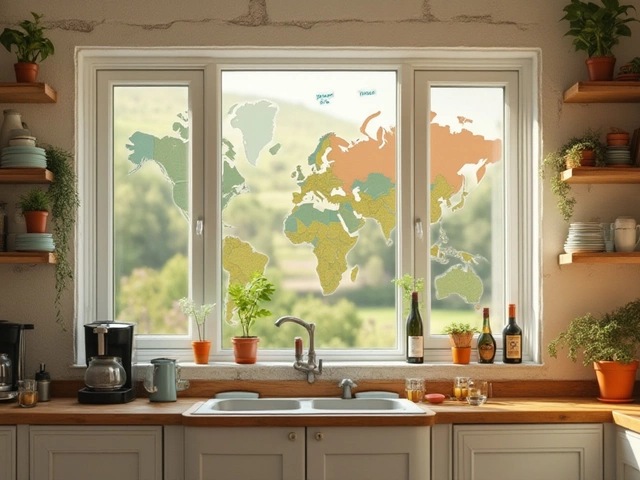Tea Aficionado Guide: Tasting, Pairings & Aging Tips
If you call yourself a tea aficionado, you probably want more than just a hot cup. You want to know how to pull the best flavor, what snacks work best, and whether that decade‑old tea in your pantry is safe. Below you’ll find straight‑forward advice you can use right away.
How to Taste Tea Like a Pro
First, use a clear glass or white porcelain cup. The color tells you a lot about oxidation and leaf size. Swirl the liquid and take a quick sniff – the aroma is the first clue to flavor. Then sip, let the tea coat your tongue, and note the balance of bitterness, sweetness, and astringency. If something feels off, it could be over‑steeped or the water too hot.
Food Pairings That Actually Work
Pairing tea with food is easier than you think. Light, floral teas (like green or white) go great with fresh fruit, mild cheeses, or simple scones. Darker, robust teas (black or oolong) match well with dark chocolate, smoked meats, or aged cheddar. For a tea tasting party, set out small bites that complement each brew – think almonds with a smoky pu‑erh or honey‑drizzled biscuits with a sweet Darjeeling.
When you’re planning a full tea tasting, think about the order. Start with the lightest tea, move to medium‑body, and finish with the strongest. This mirrors wine tastings and keeps your palate from getting overwhelmed.
Storing tea properly can extend its life dramatically. Keep it in an airtight container away from light, heat, and strong odors. For most teas, a cool, dry pantry works fine. If you have a rare aged tea, store it in a sealed jar in the refrigerator – but let it reach room temperature before brewing to avoid condensation.
Speaking of aged tea, you might wonder if a 10‑year‑old bag is still drinkable. The answer depends on storage. If it’s been sealed, kept cool, and protected from moisture, many teas improve with age, developing richer flavors. Opened bags that have sat for years may taste flat or stale, so give them a sniff first. If they smell musty or moldy, it’s safer to toss them.
For a quick tea party, you don’t need elaborate setups. A kettle, a couple of mugs, and a small tray of snacks are enough. Offer a simple palate cleanser – a slice of plain toast or a few crackers – between different teas. This helps you reset your taste buds and appreciate each brew on its own.
If you’re new to tea, start with a few staples: a classic English Breakfast, a bright green sencha, and a soothing chamomile. Brew each at the recommended temperature (around 80 °C for green tea, 95 °C for black). Adjust steep time based on taste – a minute for delicate teas, up to five minutes for stronger ones.
Finally, remember that the best tea experience is the one you enjoy. Don’t get stuck on “rules” if a flavor combo feels right to you. Experiment with herbs, spices, or a splash of citrus. Your personal twists can become the next favorite among fellow tea lovers.
Wondering what to call a tea lover? Get the right term-teaphile, aficionado, teaholic, and more-with examples, etiquette, and a quick cheat sheet.
View Details

